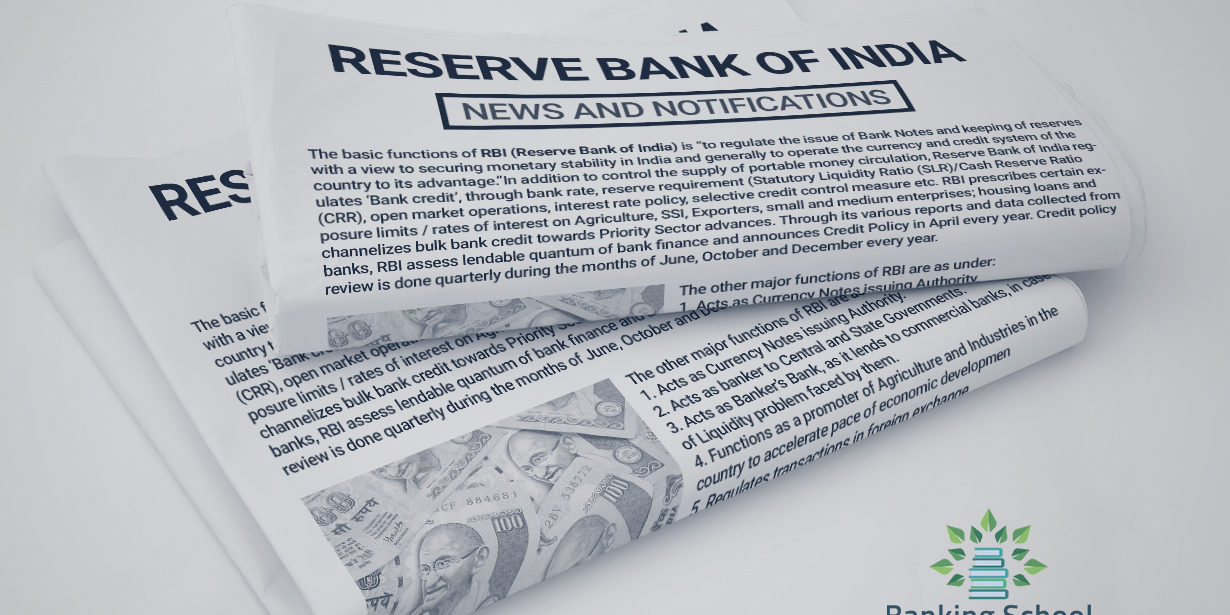Scheduled Commercial banks in India have seen a sharp rise in unsecured loans – mostly personal loans and credit cards – that has outpaced the overall bank credit growth of about 15% over the past year, catching the attention of the Banking Regulator. The high growth seen in consumer credit and increasing dependency of NBFCs on bank borrowings were also highlighted by the Governor in the interactions with MD/CEOs of major banks and large NBFCs in July and August 2023, respectively.
In this background, RBI on Thursday increased the risk weights with respect to consumer credit exposure of commercial banks, NBFC excluding housing loans, education loans, vehicle loans and gold-backed loans.
Risk-weighted assets (RWA) are used to determine the minimum amount of capital a bank must hold in relation to the risk profile of its lending activities and other assets. This is done in order to reduce the risk of insolvency and protect depositors. The more risk a bank has, the more capital it needs on hand. Capital to Risk-Weighted Assets Ratio (CRAR), is the ratio of a bank’s capital to its risk. The Capital to risk-weighted assets ratio is arrived at by dividing the capital of the bank with aggregated risk-weighted assets for credit risk, market risk, and operational risk. The higher the CRAR of a bank the better capitalized it is.
Risk weight for Scheduled Commercial Banks:
As per extant instructions applicable to commercial banks, consumer credit attracts a risk weight of 100%. On a review, it has been decided to increase the risk weights with respect to consumer credit exposure of commercial banks (outstanding as well as new), including personal loans, but excluding housing loans, education loans, vehicle loans and loans secured by gold and gold jewellery, by 25 percentage points to 125%.
Risk weight for NBFCs:
In terms of extant norms, NBFCs’ loan exposures generally attract a risk weight of 100%. On a review, it has been decided that the consumer credit exposure of NBFCs (outstanding as well as new) categorised as retail loans, excluding housing loans, educational loans, vehicle loans, loans against gold jewellery and microfinance/SHG loans, shall attract a risk weight of 125%.
Risk weight for Credit card receivables:
As per extant instructions, credit card receivables of scheduled commercial banks (SCBs) attract a risk weight of 125%, while that of NBFCs attract a risk weight of 100%. On a review, it has been decided to increase the risk weights on such exposures by 25 percentage points to 150% for SCBs and 125% for NBFCs.
Bank credit to NBFCs:
In terms of extant norms, exposures of SCBs to NBFCs, excluding core investment companies, are risk-weighted as per the ratings assigned by accredited external credit assessment institutions (ECAI). On a review, it has been decided to increase the risk weights on such exposures of SCBs by 25 percentage points (over and above the risk weight associated with the given external rating) in all cases where the extant risk weight as per external rating of NBFCs is below 100%. For this purpose, loans to HFCs, and loans to NBFCs which are eligible for classification as priority sectors in terms of the extant instructions shall be excluded.
Strengthening credit standards:
All top-up loans extended by Regulated Entities (REs) against movable assets which are inherently depreciating in nature, such as vehicles, shall be treated as unsecured loans for credit appraisal, prudential limits and exposure purposes.
The Central Bank said that the Regulated Entities (REs) shall review their extant sectoral exposure limits for consumer credit and put in place, if not already there, Board approved limits in respect of various sub-segments under consumer credit as may be considered necessary by the Boards as part of prudent risk management. In particular, limits shall be prescribed for all unsecured consumer credit exposures. The limits so fixed shall be strictly adhered to and monitored on an ongoing basis by the Risk Management Committee. “All REs shall endeavour to comply with this provision the earliest, but in any case shall implement them by no later than February 29, 2024,” RBI said.
The RBI instructions, other than the last paragraph above, shall come into force with immediate effect, the notification said.




